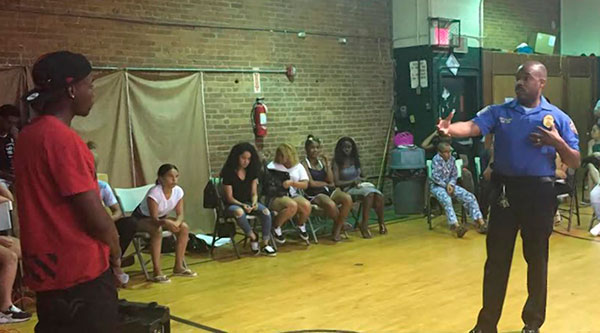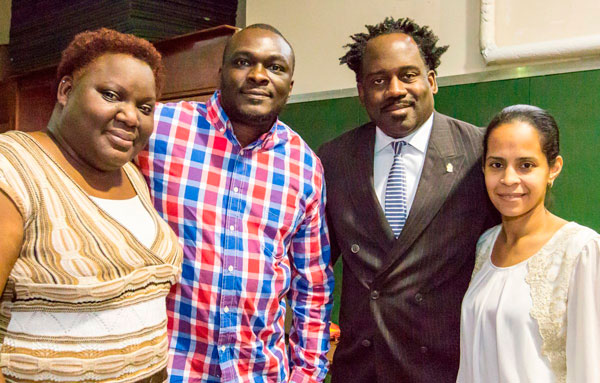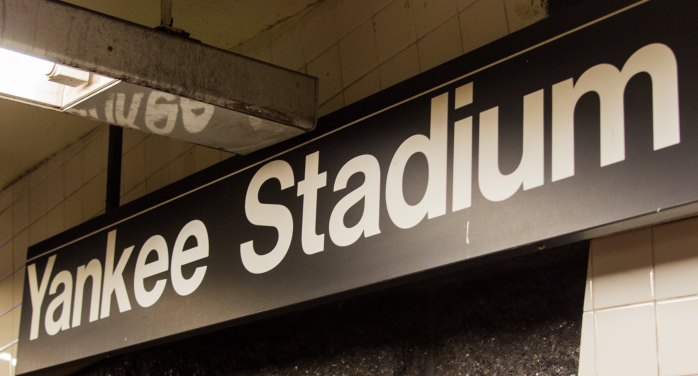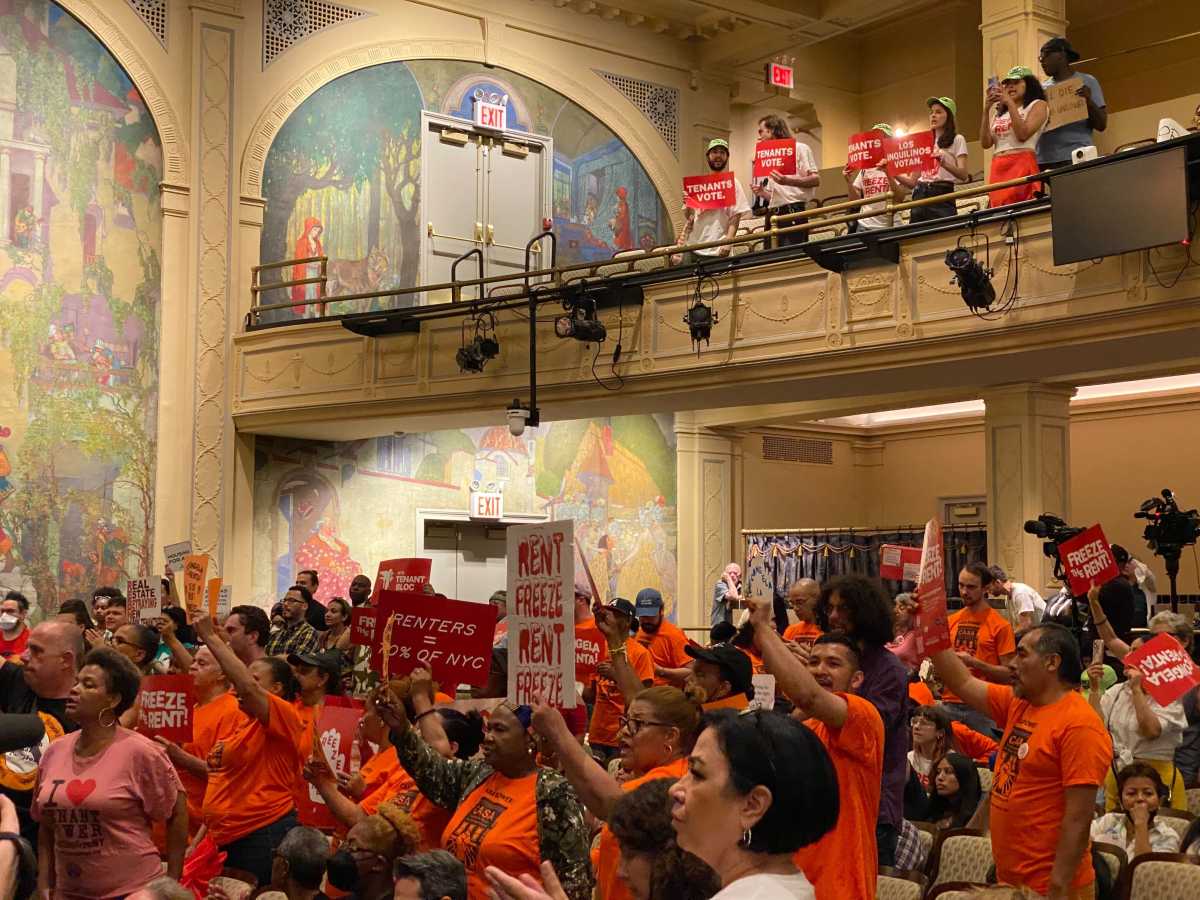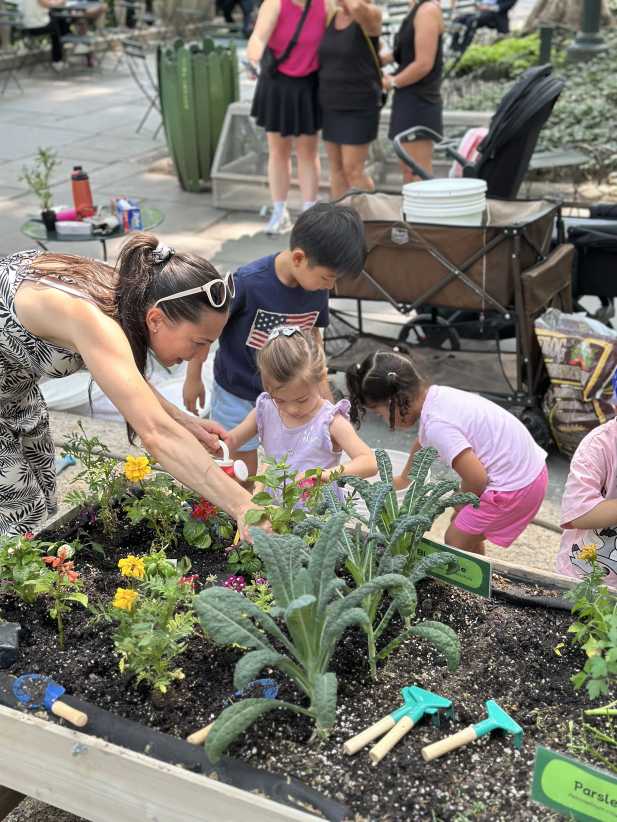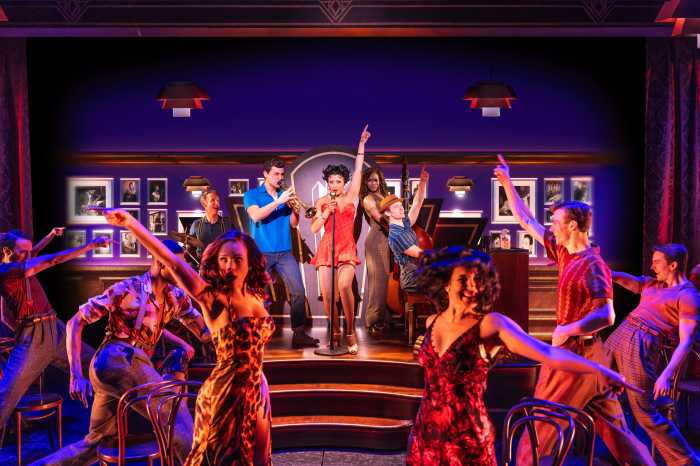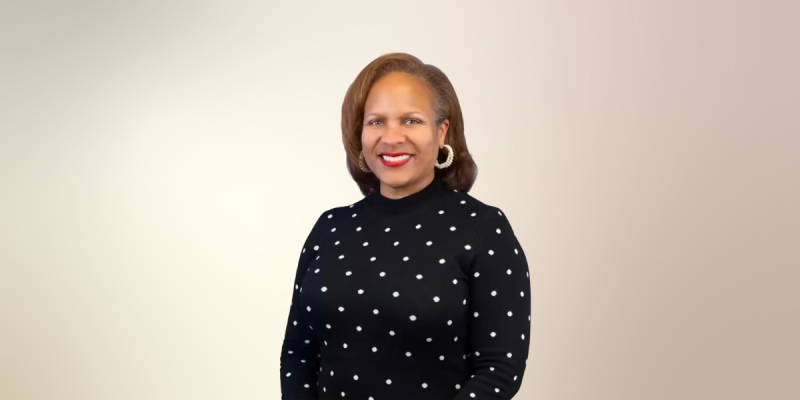In February, the Bronx saw its overall crime numbers dip by 5%, with notable drops in robberies and larcenies. However, a concerning trend continued as reported rapes dropped citywide by 22%, yet rose in the borough by 16% over that same timeframe last year.
Despite being home to roughly 17% of the the city’s population, the Bronx accounts for 25% of the city’s total reported rapes, according to September 2022 figures from the Bureau of Justice Assistance. This year, according to police data, there have been 29 reported rapes in the Bronx, as of March 6, exceeding the 2022 total of 25, during that same time period.
In 2022, there were 345 total reported rapes in the Bronx, with the highest incidences in the 43rd, 44th and 47th precincts, according to a Bronx Times analysis of NYPD data. Over the last two years, reported rapes in the Bronx have risen by 12%, while other reported sex crimes rose by 26%.
Does this mean that more rapes are happening the Bronx than any other borough? Criminal justice officials told the Bronx Times it’s a lot more complex than that.
“Primarily a lot of victims of sexual assault don’t even know that the crime victims assistance unit (in the Bronx) exists,” said Jessica Rosado, director of the Bronx District Attorney’s Crime Victims Assistance Bureau, one of the borough’s four rape crisis centers. “I think that when they’re going to report the crime, the extent of their resources are going to be whatever the police officers or the hospital can offer. Victims specifically, in the Bronx, there is a lack of trust in the police department and anybody affiliated with law enforcement to take their situations seriously.”
One caveat, is that sexual assault is nationally underreported — studies estimate 1 in 6 women and 1 in 21 men will be a victimized by attempted or completed forcible rape in their lifetimes — with only less than 40% of rapes reported to law enforcement.
Another hurdle for victims is the perception that they won’t be believed and they don’t want to go through the pain of a criminal trial. When rape is reported, it’s rarely prosecuted. According to RAINN, the nation’s largest anti-sexual violence organization, only 5.7% of rape incidents lead to an arrest, only 1.1% of incidents are referred to a prosecutor, and only 0.7% of perpetrators are convicted of a felony.
Rosado said one of the major roles of the Crime Victims Assistance Unit is victim-centered outreach, which includes a non-legal staff of social workers, therapists and sexual assault advocates.
The role of advocates — from hotline operators to those explaining the legal process or assisting a survivor with basic needs like safe housing or maintaining employment — have become a vital resources for survivors.
The city’s Crime Victim Assistance Program places two victim advocates in each of the NYPD’s precincts: one who specializes in working with victims of domestic violence — the Bronx has the highest such rates in NYC — the other serves victims of all other offenses.
In addition to the Bronx District Attorney’s Crime Victim’s Assistance Bureau, the Bronx has three other state-recognized rape crisis hotlines and centers at the Kingsbridge Heights Community Center (KHCC), Safe Horizon and Violence Intervention Program (VIP Mujeres), which has a bilingual hotline.
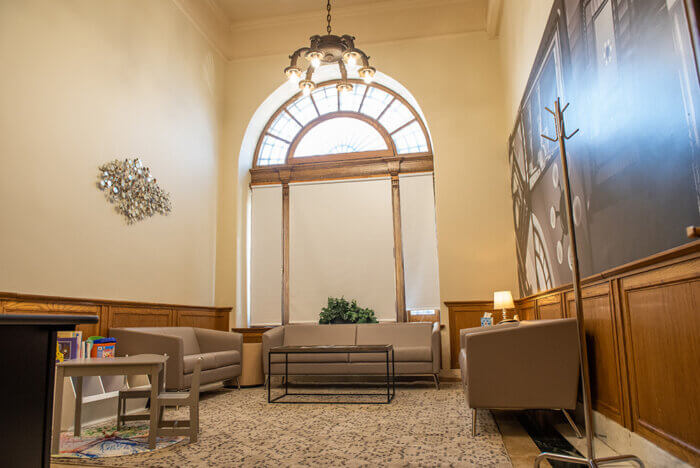
Many of these organizations strive to help survivors heal from their trauma, without the condition of reporting, through a myriad of ways including long-term counseling and a range of therapeutic services.
“Oftentimes each survivor’s treatment plan looks different. Therapy is client-centered and meets the survivor where they are at. Each treatment method aims to help the client process what happened and build skills to cope with their presenting problem or need,” Catherine Mykytiuk, director for KHCC’s Changing Futures program. “We also help survivors create safety plans that allow them to identify resources to turn to outside of therapy. We also conduct assessments on an ongoing basis to track current needs or symptoms.”
The NYPD has historically had trouble handling the cases that are reported. A 2018 city Department of Investigation report shined a light on the lack of staffing — and competency — of the agency’s Special Victims Division (SVD) units, where officials call for as many as 11 detectives to be staffed in the Bronx squad.
These special victims units, police sources told the Bronx Times, have long been underfunded and under-prioritized by high-ranking NYPD decision-makers.
Last summer, the U.S. Department of Justice said it would investigate the NYPD’s handling of sex crimes, something rape survivors and victim advocates had spent years pushing city and state officials to act on. The DOJ’s probe will assess whether the SVD engages in a “pattern or practice of gender-biased policing,” according to DOJ.
In 2019, the NYPD closed just 25% of all rapes reported that year, with the agency citing an alleged lack of reporting and cooperation from survivors.
If you or someone you know is in need of assistance:
Kingsbridge Heights Community Center – (718) 884-0700
Safe Horizon – (212) 227-3000
Bronx County District Attorney Crime Victim’s Assistance Unit – (800) 862-2637
Violence Intervention Program (VIP Mujeres) – (800) 664-5880 (bilingual English/Spanish)
National Sexual Assault Hotline – (800) 656-4673




